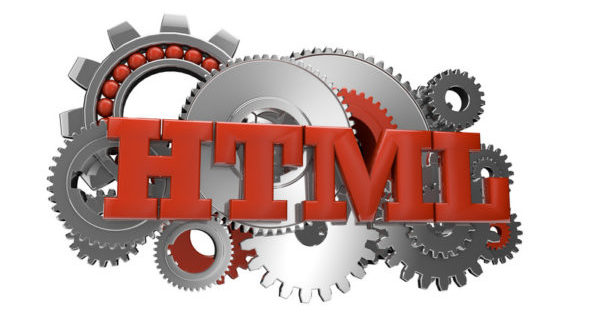These days, most commercial websites come with some sort of Content Management System (CMS) so that staffers can upload new pages or make changes to pages without involving an HTML web coder. This includes retail storefront websites.

I’ve worked with a lot of these systems and they are wonderful for folks who don’t know HTML code. I’ve also found that every single one of these CMS systems is glitchy. That means things don’t work the way they should. Often!
You want to bold something, so you hit the bold button and it doesn’t bold. Or you want to change a font and that doesn’t work.
When I started working with website content development, I didn’t know HTML. I still don’t. But I’ve picked up quite a bit just by experimenting. You can, too.
I began playing around with HTML code, when there was something I wanted to do that the editor wasn’t allowing. I went to a page where the text was formatted the way I liked. Then I copied the command and pasted it onto the page I was working on. It worked. It felt like magic and I wasn’t afraid to experiment after that.
To look at your code when working on a web page, you need to switch your page view from WYSIWYG (what-you-see-is-what-you-get) to the HTML view. To do that hit the button in the website editor that has either of the following characters: < > or HTML.
Then study the HTML code. Let’s say your font won’t change to the one you want. Often it’s because the system’s editor added the desired font without eliminating the prior font. You can highlight the font you don’t want and delete it. A complication is that you have to delete more than the font name, usually what’s between < >, so be prepared to learn by trial and error.
Your code might get a tad messy and a web developer might say nasty things to you, but if your page looks good, don’t worry about it.
For safety’s sake, first copy and paste the code of the page or text box you are about to manipulate into a text file (Notepad or Text Edit). That way you can restore it if you happen to do something dreadful.
Easy Web Tip #160: If you regularly work with web content, begin making yourself familiar with HTML code. It’s not as hard as it looks.



